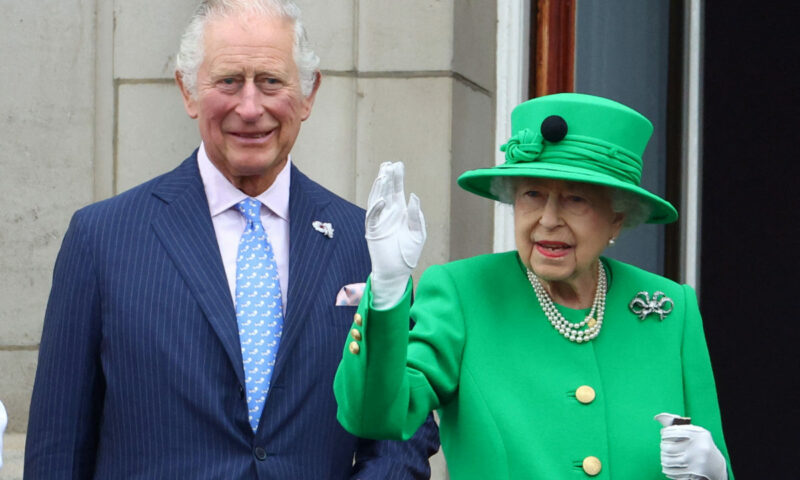By Spy Uganda Correspondent
Queen Elizabeth II, the longest-reigning monarch in the United Kingdom’s history, died on Thursday aged 96, with her son Charles succeeding her as king.
Here is an explanation of what happens next, including the protocol surrounding the accession of a new monarch.
Who Will Succeed Her?

It was confirmed on Thursday that the UK’s new monarch will be Queen’s son King Charles III.
King Charles will address the nation on Friday, his spokesman said, his first speech following the death of his mother.

Charles has now become king of the UK and 14 other realms, ending a wait of more than 70 years – the longest by an heir in British history.
The role will be daunting. His late mother was overwhelmingly popular and respected, but she leaves a royal family that has seen reputations tarnished and relationships strained, including over lingering allegations of racism against Buckingham Palace officials.
Charles confronts those challenges at the age of 73, the oldest monarch to take the throne in a lineage that dates back 1,000 years, with his second wife Camilla, who still divides public opinion, by his side.
What Are The Funeral Arrangements?
At first, the queen’s body is expected to lie at rest in her smallest palace, at Holyroodhouse, in Edinburgh.
Later, the coffin will be carried up the Royal Mile to St Giles’s cathedral, for a service of reception, before being put on board the Royal Train at Waverley station for a procession down the east coast mainline.
Crowds are expected at level crossings and on station platforms the length of the country – from Musselburgh and Thirsk in the north, to Peterborough and Hatfield in the south – to throw flowers on the passing train.
Finally, the queen’s body returns to the throne room in Buckingham Palace, which overlooks the northwest corner of “the Quadrangle” – Buckingham’s interior courtyard.
The state funeral is expected to take place 10 days after her death.
Protocol Surrounding The Accession Of The New Monarch
Charles succeeded to the throne immediately on the death of the monarch. An Accession Council is convened as soon as possible, usually within 24 hours and held at St James’s Palace, the official residence of the sovereign, to proclaim the successor.
The council is formed of privy counsellors who have advised the monarch since the Norman era. They now comprise about 670 senior politicians, including Prime Minister Liz Truss.
Also present are the lords spiritual and temporal – bishops of the Church of England who sit in the House of Lords including the Archbishop of Canterbury, together with the secular peers of the realm.
The lord mayor of London, senior civil servants and high commissioners from the 14 other realms, which have the monarch as their head of state also sit on the Council, the lord president of which is currently lawmaker Penny Mordaunt.
All privy counsellors will be invited but not all will be able to attend at short notice.
The Accession Council is divided into two parts, which include Charles then taking an oath relating to the security of the Church of Scotland as required under the act of 1707 by which Scotland joined with England and Wales to form Great Britain. This has been done by every sovereign at their Accession since 1714.
The new monarch then signs two copies of the oath.
When Will The Coronation Take Place?
The sovereign’s coronation, in effect just a formal ratification procedure, follows the accession after an interval of mourning. Queen Elizabeth II was crowned in June 1953, 16 months after George VI died.
The coronation takes place at London’s Westminster Abbey in the presence of politicians, eminent public figures, and representatives from countries around the world. RIP Queen Elizabeth.









